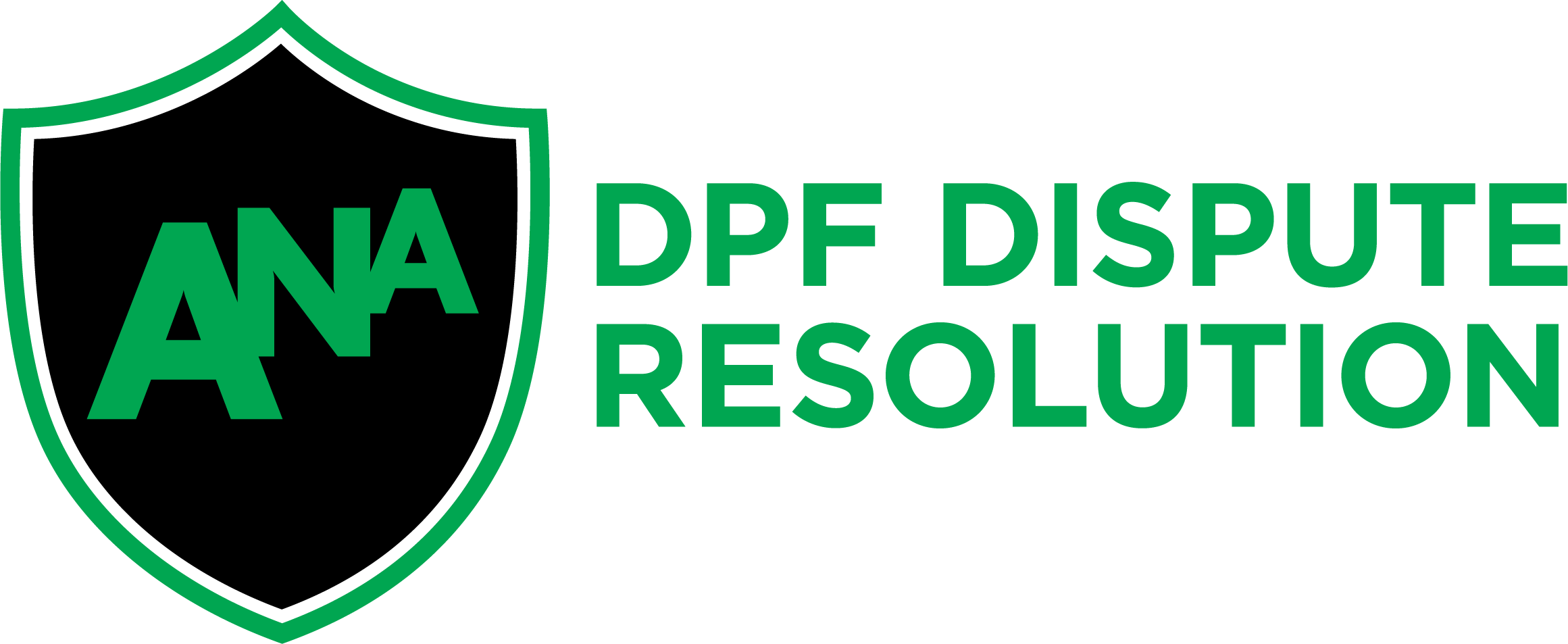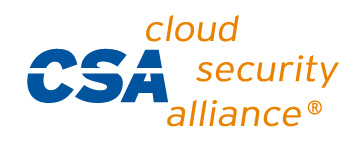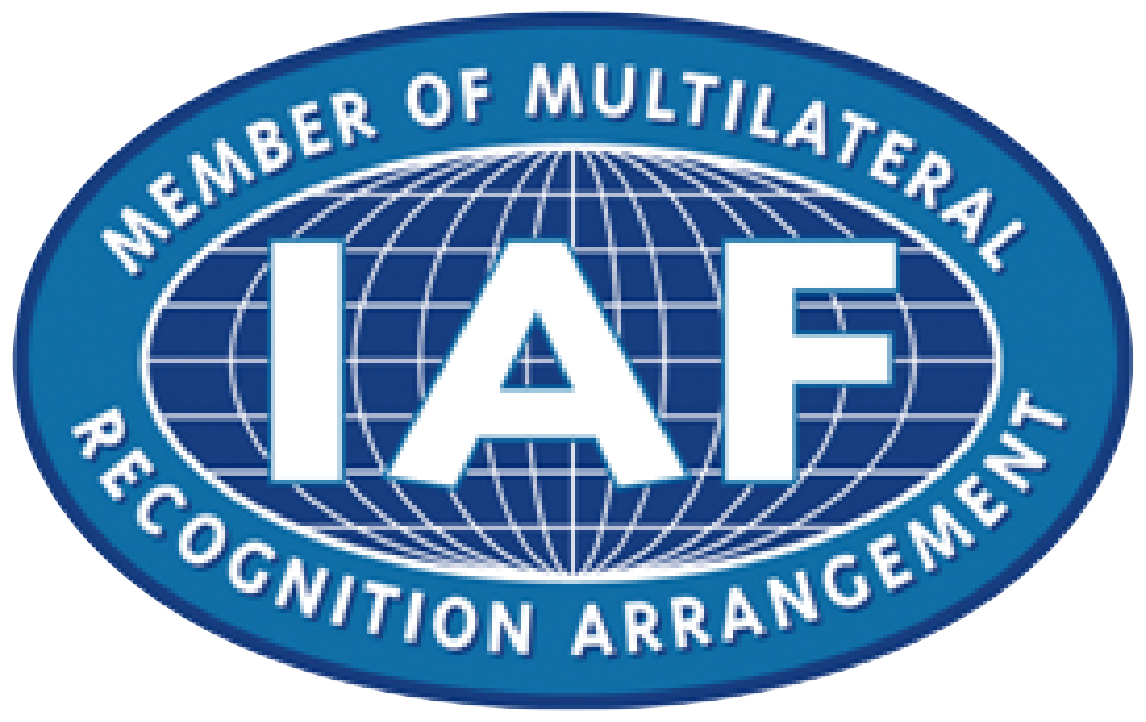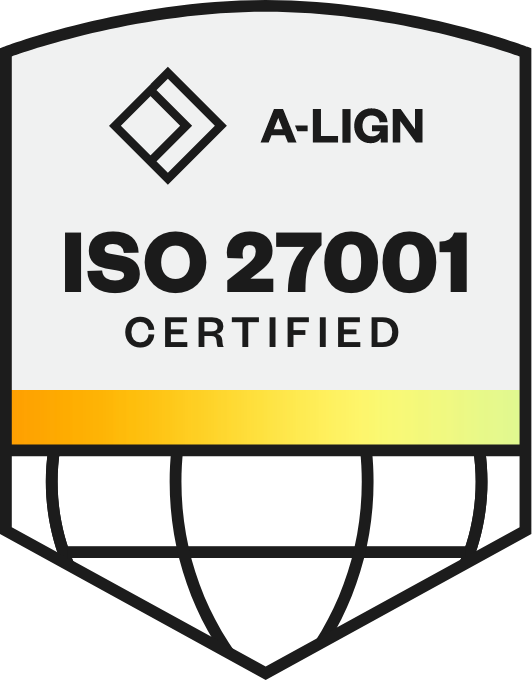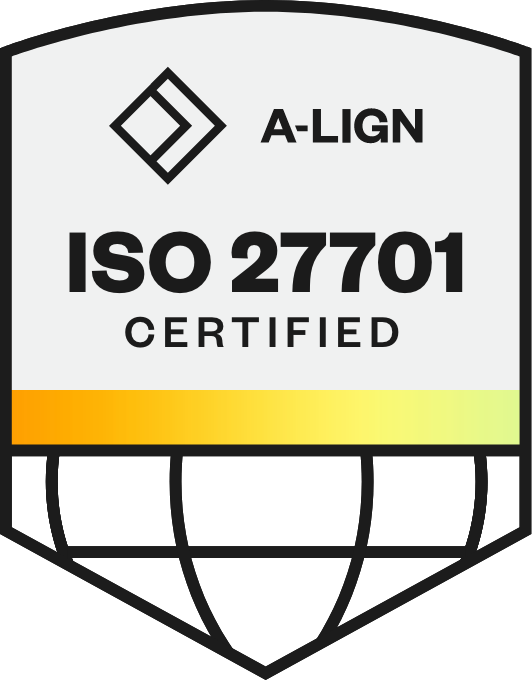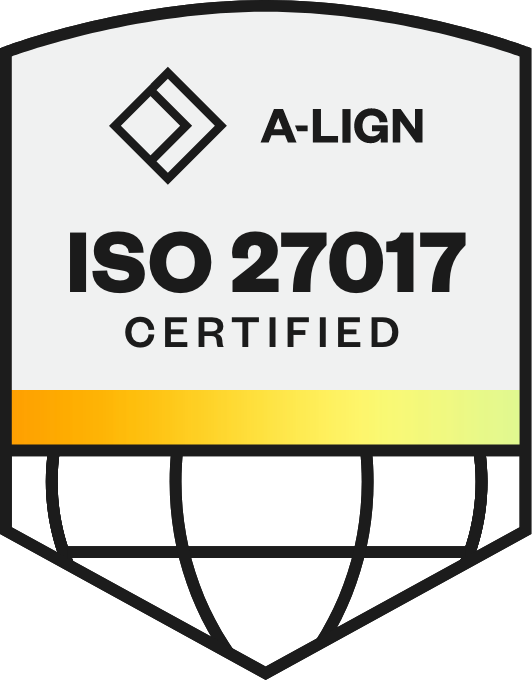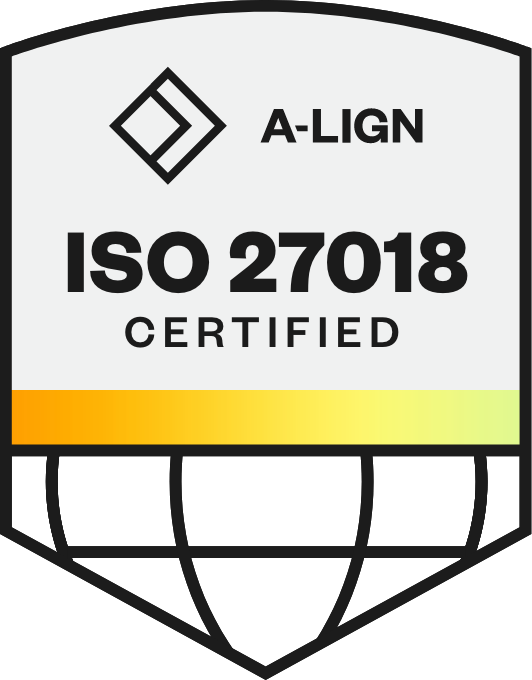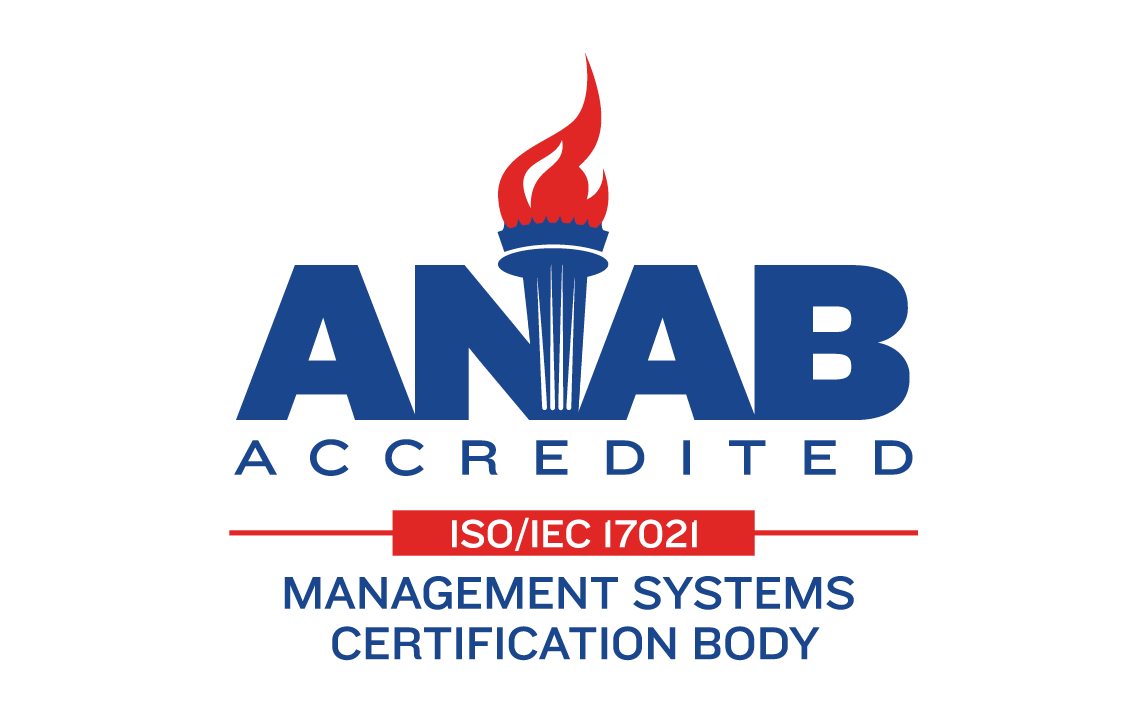
AI vs. Automation in Hiring: How Waste Connections Cut Drop-Off and Collected 13,900 Leads
What’s the real difference between AI and automation in hiring — and why does it matter for talent teams managing high-volume, distributed recruiting?
In our recent webinar, “Sorting AI from Automation: Waste Connections’ Talent Strategy,” Alissa Price, Talent Project Manager at Waste Connections, joined Phenom’s Raghu Dahagam, Product Marketing Manager, to share how her team navigated this very question.
As North America's third-largest waste services provider, Waste Connections faced that reality head on. They were grappling with legacy systems, rising candidate drop-off, and the challenge of scaling hiring across 950+ locations — all while needing to fill over 1,000 roles, from CDL drivers and mechanics to frontline staff, without losing their distinctive culture.
Learn how the team rethought their approach — not just by adopting new tools, but by gaining clarity on what AI and automation are actually designed to do in hiring.
Watch the entire webinar here or catch the highlights below.
Why Change Was Urgent: Real Pain in a Unique Industry
At Waste Connections, recruiters weren't short on effort — they were lacking essential insights for efficiency. "We had about a 70% drop off," Price explained. "People would come to our website, they might view something, but then they would leave. We had no insight into that. We didn't know what our candidate behavior was."

The operational chaos stemmed from juggling approximately 20 different vendors across their recruiting process. Candidates faced a frustrating maze. "We were partnering with probably 20 different companies to try and get these little pieces of that messaging out," Price noted.
"And that's not engaging to a candidate, right? If they're transitioning between 20 different systems and you tell them you have to register on this site and then go fill out information on this site and then come take an assessment on this site, you're losing what could be valuable time."
The challenge was particularly acute for their biggest hiring segments: CDL drivers and mechanics. "Those people aren't in offices, right? They're not in front of the computer," Price pointed out. Traditional recruiting assumed candidates would navigate complex desktop workflows — a fundamental mismatch for frontline workers who needed mobile-first experiences.
This industry-specific challenge was compounded by the CDL driver shortage and the company's growth through mergers and acquisitions, creating pressure to hire quickly while maintaining cultural consistency. "We were constantly, constantly running behind. We were being reactive in the recruiting realm," Price reflected.
Related: Navigating Challenges and Embracing Innovations for High-Volume Hiring
Understanding the AI-Automation Partnership
Before implementing any technology, Waste Connections had to grasp the fundamental difference between AI and automation and more importantly, how they work together to transform recruiting.
Automation handles the "what" by executing tasks consistently according to predetermined rules. Think scheduled follow-up emails, calendar-based interview booking, or status updates when candidates move through the pipeline. It's reliable, scalable, and eliminates human error in routine processes.
AI determines the "when" and "who" by analyzing patterns to make intelligent decisions about timing and targeting. It learns from successful hires to predict which candidates are most likely to succeed, when to reach out for maximum engagement, and what messages will resonate with different candidate types.

Price's breakthrough insight shaped their entire approach: "When we talk about pattern recognition and predictive behaviors, that helps us understand human behavior. That helps us be better at our jobs." AI doesn't just process data — it discovers insights about human behavior that would take recruiters hours to uncover manually.
The Learning Loop in Action
The power emerges when automation and AI work together in a continuous learning cycle:
Automation gathers data from every candidate interaction — clicks, time spent on pages, application completion rates
AI analyzes patterns to identify trends in candidate behavior and surface insights about what drives engagement and successful applications
Humans optimize the system by using AI insights to refine automation rules and workflows, creating better candidate experiences while AI continues learning from new interactions
This learning loop was crucial for Waste Connections' scale. With 950+ locations and diverse role types, the system learned nuanced differences — what works for CDL driver recruitment in rural markets versus urban mechanics recruitment — and adapted automatically.
Related: Decoding AI vs Automation: How to Choose the Right Technology for Your Talent Strategy
Building the Right Business Case: The Strategic Framework
Before diving into technology solutions, Waste Connections’ team knew they needed absolute clarity about what problems they were solving. "Technology shouldn't be something you just do. It should have a reason. A value. You should be able to speak to that value," she emphasized.
Waste Connections developed a four-part framework that other organizations can replicate:

"Start by asking: What's taking the most time in your recruiter's day? What's the most challenging part of their job? Then go from there," Price advised.
How Waste Connections did it?
Waste Connections didn't attempt to transform everything at once. Instead, they took a deliberate, phased approach that prioritized immediate wins before layering in more sophisticated capabilities.
Clean Up with Automation First
Before talking about AI, Waste Connections had to fix the basics. Interview scheduling alone consumed hours weekly, requiring six to eight emails per candidate just to find available time slots.
"We finally started to look at what we could automate, and it wasn't about AI," Price explained. "It was about things like: Can a candidate schedule their own interview? Can they receive a text reminder? That's what made the difference."
What Changed:
Automated Interview Scheduling: Candidates chose from real-time recruiter calendars, eliminating delays and cutting no-shows
Automated Campaigns: The system automated follow-up based on candidate actions, sending reminders for incomplete applications and re-engaging past leads
Workflow orchestration: Complex if-then-when logic coordinated handoffs between recruiting, hiring managers, and HR across all locations
System integration: The platform connected disparate tools (ATS, calendar, HRIS, communication platforms) without IT dependency
Mobile-first automation: The system ensured frontline workers could complete processes entirely on smartphones
The automation brought something equally valuable: scalability with consistency. Whether someone applied in rural Wyoming or downtown Dallas, they experienced the same level of communication and coordination. Yet the system remained flexible enough for local customization — different interview types, market-specific messaging, or regional hiring manager preferences.
"We saved 719 recruiter hours, but more importantly, we gave that time back to connect with people," Price noted. Automation didn't feel like technology for technology's sake — it felt like relief from administrative burden.
Related: Learn more about Phenom Automated Interview Scheduling!
Add AI to Make the Work Smarter
With operational friction eliminated, they layered in artificial intelligence that transformed decision quality. This wasn't about automating people out — it was about scaling human intuition and judgment through pattern recognition.
Key AI Capabilities:
Talent Companion: The Phenom Chatbot managed more than half of all applications. It conducted dynamic conversations that adapted based on role type and candidate behavior.
High-volume Hiring Intelligence: AI transformed their ability to manage hundreds of simultaneous openings across almost thousand locations. The system automatically prioritized the most engaged candidates, identified optimal interview slots based on recruiter availability and candidate response patterns, and triggered location-specific workflows based on role type and market conditions.
Engagement Scoring: The engagement scoring provided visibility into candidate engagement patterns, helping recruiters identify and re-engage interested candidates who dropped off during applications. This addressed Waste Connections’ 70% drop-off rate by enabling targeted follow-up instead of losing potential hires to what Price called the "black hole."
"It's like having a bestie with all the human history," Price explained. "You still make the decision. But you're not starting from scratch." The AI could draw on vast patterns while still requiring human judgment for final decisions. In fact, one recruiter discovered three strong candidates through AI-powered rediscovery of previous applicants who had been overlooked in manual processes. "That would've never happened before," Price expressed. "We didn't have the visibility."
Human + Machine: Creating a High-Touch, High-Tech Experience
The philosophy was clear: AI and automation should amplify human judgment, not replace it. "It's not here to replace you — it's here to enhance your job quality," explained Dahagam.
Some instances of personalization at scale that these complementary technologies offered:
Phenom Career Site adaptation: AI analyzed candidate behavior to tailor recommendations — highlighting routes and home-time for CDL drivers, emphasizing training opportunities for mechanics
Mobile-first design: Complete application processes were optimized for smartphones, recognizing that frontline workers lived on mobile devices
Recruiter Talent CRM learning: Their Phenom Talent CRM adapted to individual working styles, communication patterns, and decision preferences, becoming more useful over time
Context-rich interactions: AI provided recruiters with behavioral insights and engagement history, enabling more meaningful conversations
No-code workflow building: No-code workflows empowered HRIT teams to create and modify processes without IT involvement. Recruiters could adjust automation rules, create new campaign sequences, or modify scoring criteria based on what they learned from candidate interactions.
"Our recruiters have grown with this tool. They've mastered it. And now, they're the ones driving the results," Price shared. Technology didn't diminish recruiter control — it deepened it by providing better data and eliminating routine tasks.
Related: AI vs. Automation in Manufacturing Recruitment: How to Hire Smarter, Faster, and at Scale
Making It Stick: Change Management and Buy-In
"The hardest group to convince? It's the recruiters," Price admitted. "They need to feel the value, not just be told it exists."
Their approach centered on building trust rather than mandating change. They identified early adopters who became champions, testing tools in real-world conditions and sharing authentic experiences with their peers. Training happened in layers — real use cases during actual hiring scenarios, shadow sessions where experienced users mentored newcomers, and experimentation time without pressure to achieve immediate results.
Crucially, recruiter feedback influenced platform configuration, creating genuine ownership of the process. The messaging was never, "Here's another system to learn." But rather, "Here's a way to get your time back for the work you actually enjoy."
"Not everything you try is gonna work the first time," Price acknowledged. "But understanding what did work, how you could retool that, and then continue to make that part of your day-to-day processes is something that Phenom has made very easy."
Related: Change Management Mastery: How Thales Achieved 95% Adoption of Recruiting Automation
The Measurable Results of AI-Powered Recruiting
Eighteen months after implementation, the transformation delivered dramatic results:
13,900+ qualified leads generated through AI-powered chatbot conversations
719 recruiter hours saved through over 2,000 automated interview bookings
No-show reduction for interviews and day-one onboarding
60% of candidates are now applying through the chatbot
205% increase in talent pool visibility
Enhanced candidate experience

"We actually did our quarterly business review just a week ago and something that really surprised me was about 60% of candidates are applying to our company by interacting with the chatbot," Price revealed.
Key Questions to Ask Before Buying AI and Automation Solutions
Use these four criteria to evaluate any talent experience platform that combines AI and automation, and ask the following questions first:

Does it solve your actual problems? Skip the feature demos. Focus on measurable outcomes for your specific pain points.
Can recruiters understand the recommendations? Avoid black box solutions. The best AI explains its reasoning, building trust and helping recruiters learn.
Does it enhance humans or replace them? Technology should handle admin work while giving recruiters more time for relationships
Will they adapt as you grow? Choose vendors who understand your business and evolve their solutions accordingly. "That individualization so that people can use it in the way they best see fit for the best results is not something I've seen with any other system," Price said.
What's Next: AI for Retention and Strategic Hiring
With hiring stabilized, Waste Connections is expanding AI into retention and internal growth. "We're looking at this great stay process," Price explained, "where people want to stay with the organizations they're in."
Their technology roadmap to facilitate retention includes:
Internal mobility insights: Using AI to identify career progression opportunities before employees look elsewhere
Flight risk prediction: Behavioral analysis to enable proactive career development conversations
Passive candidate campaigns: AI-driven prospect identification for long-term pipeline development
"Understanding behavioral insights will help us reduce voluntary exits — that's where we're headed next," Price noted, using some of the same technology that transformed external recruiting for internal talent development and retention.
Cut drop-off. Boost qualified leads. Save recruiter hours. See how you, too, can turn hiring around with Phenom. See these solutions in action at Industry Week!
Apurba is a writer who specializes in creating engaging content, backed by storytelling, data, SEO and a cup of coffee. When she’s not writing, she’s reading, cooking fusion food, or curiously traveling like a local.
Get the latest talent experience insights delivered to your inbox.
Sign up to the Phenom email list for weekly updates!



